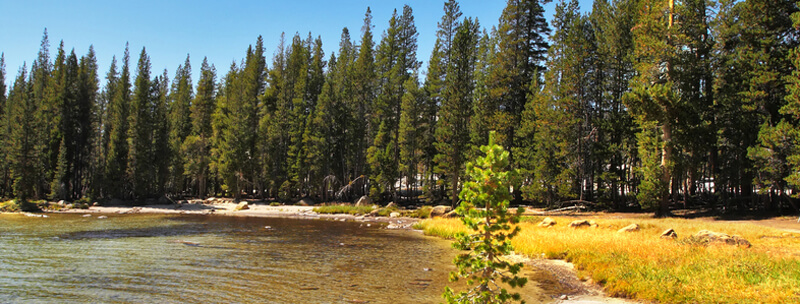On February 24, 1997, USEPA finalized what is commonly referred to as the Credible Evidence Rule. The revised rule allows parties seeking to enforce the Clean Air Act to rely upon any credible evidence to prove that a facility has violated an emission standard. The revisions to the Credible Evidence Rule became effective on April 25, 1997.
Before adoption of the revisions to the Credible Evidence Rule, parties seeking to enforce an emission standard were restricted to using the results of relatively infrequent on-site inspections and reference tests. Reference tests are federally promulgated or approved compliance methods and test conditions specified in the regulations. Now, under the Credible Evidence Rule, USEPA, states and citizen groups can bring enforcement actions against facilities based upon non-reference test data such as continuous emission monitoring data and parametric monitoring data. As a result, a party may use any evidence admissible under the Federal Rules of Evidence or a state's rules of evidence, as appropriate, to prove that a facility violated an emission standard under the Clean Air Act.
Although the revisions to the Credible Evidence Rule do not set more stringent emission standards, they enhance the ability to prove violations of existing standards.




